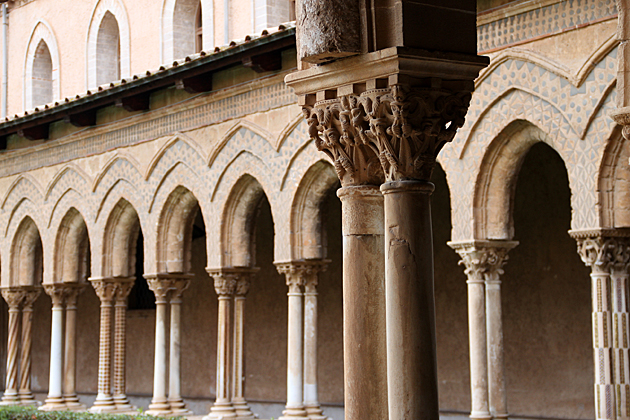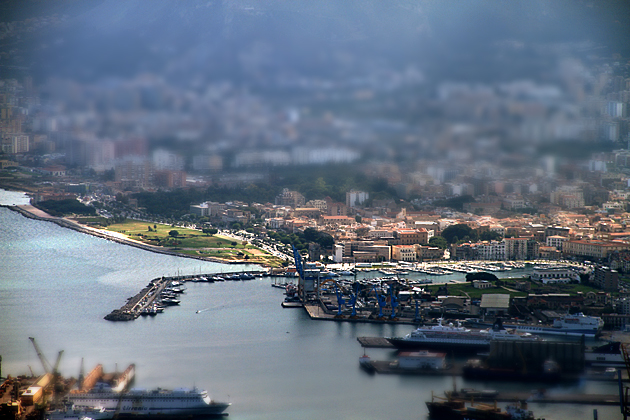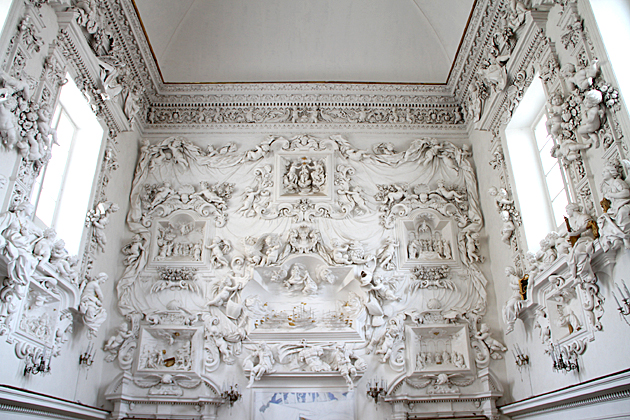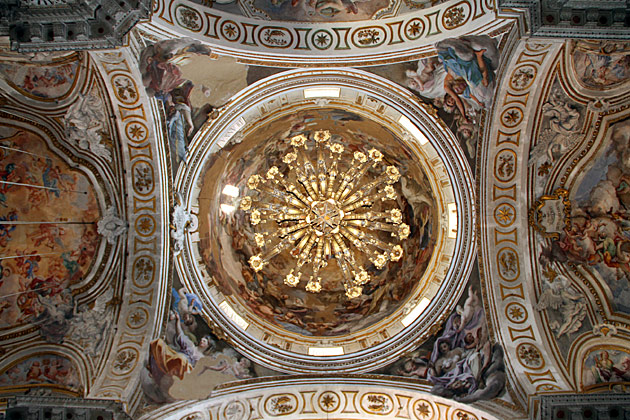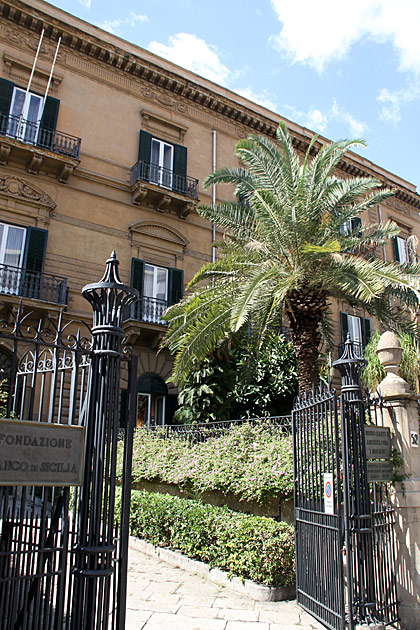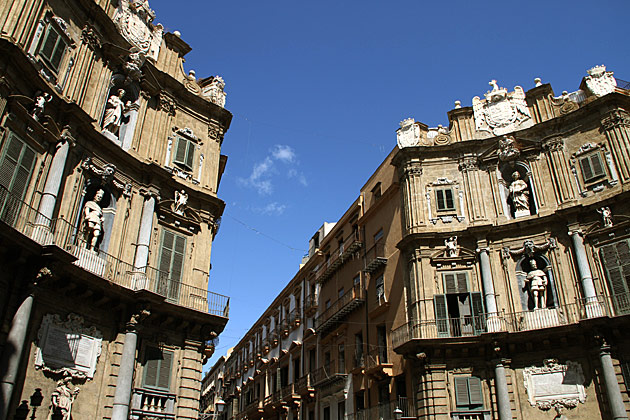The Chiostro dei Benedettini in Monreale
Entrance to Monreale's mind-shattering Cathedral was free, so when the ticket lady at the neighboring Benedictine Cloister asked us for €6 apiece, we were expecting to be blown away. Unfortunately, we weren't.
